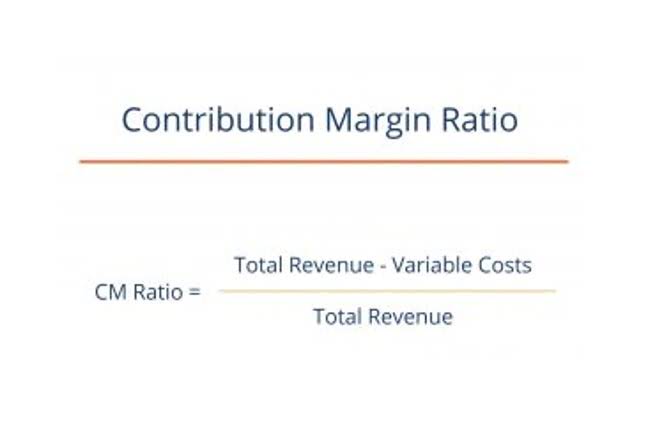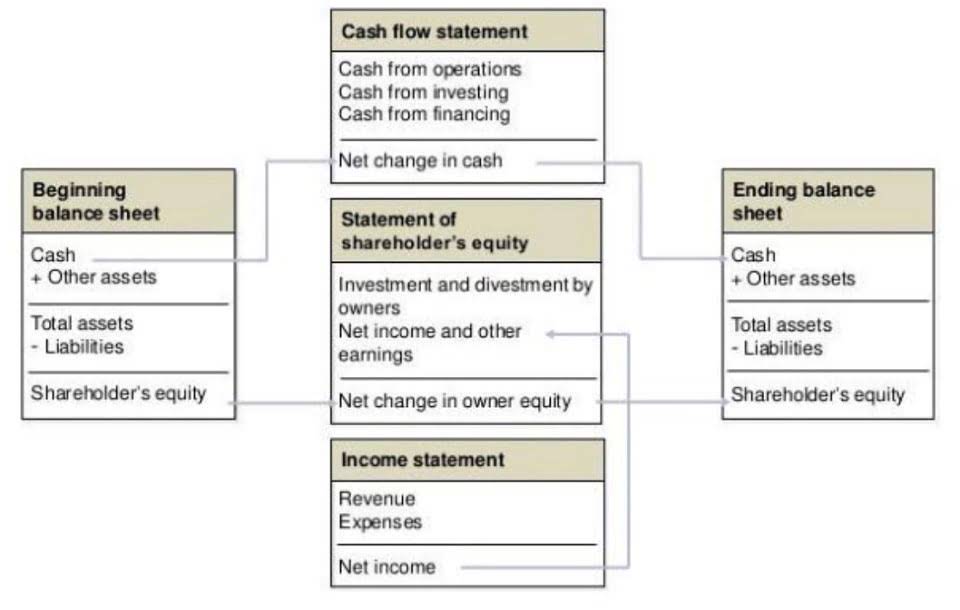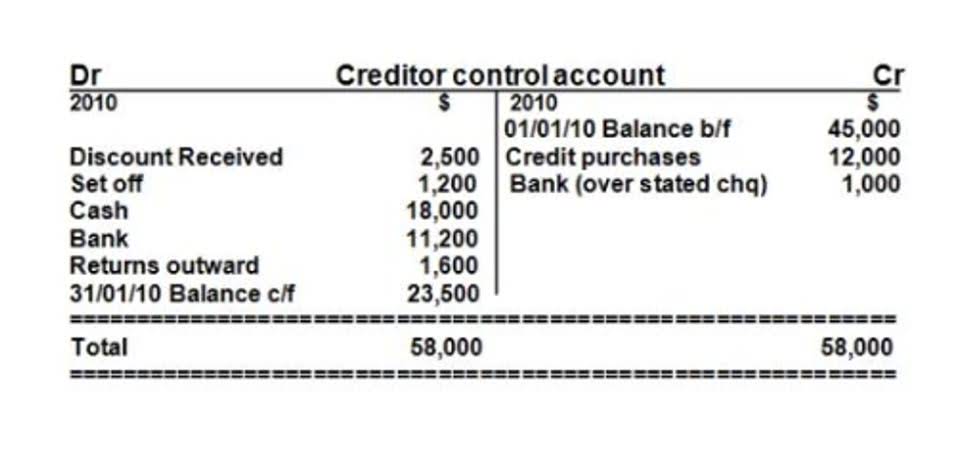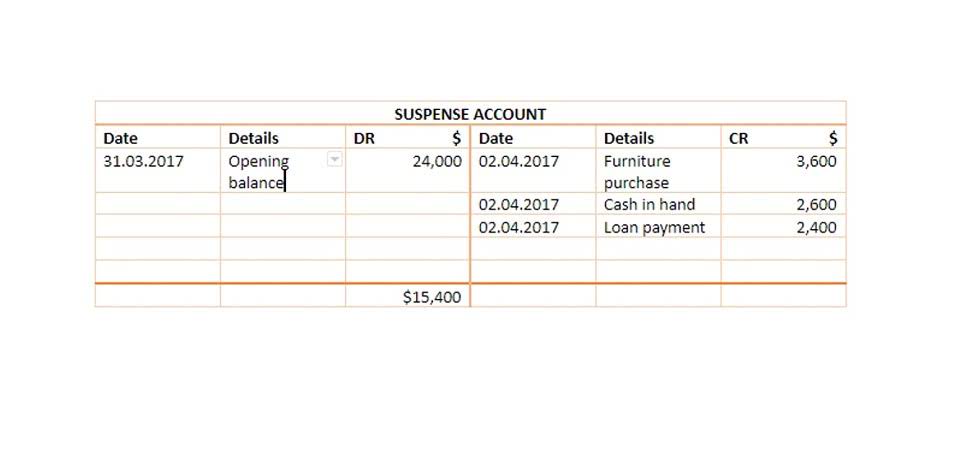The more assumptions you make, the more complicated your model becomes and the more unrealistic your outcomes will be. Normally, it’s best to limit all your key inputs, assumptions and calculations to one worksheet. The more spreadsheets you create, the harder it becomes to navigate for the end-user.
I remember the first model I built; it was like piecing together a jigsaw puzzle without a picture on the box. But once the pieces clicked, the insights it unlocked were transformative, shaping the way I approached every project thereafter. Effective financial modeling requires a disciplined and methodical approach.
- It’s advisable to group rows and columns instead of hiding them.
- This approach is useful in adding transparency to how schedules are constructed.
- The purpose of building a financial model is to provide actionable insights that were otherwise not readily visible.
Use test or dummy data
Financial modeling is the art and science of creating a mathematical representation of a company’s financial performance. By leveraging historical financial data, industry trends, and market analysis, financial models forecast future financial outcomes under various scenarios. Think of it as constructing a financial roadmap that helps businesses, investors, and analysts make informed decisions about investments, funding, and strategic planning. It is crucial to regularly update the cash flow statement as it is a core component of the three-statement model, essential for forecasting financial performance and strategic decision-making. I once led a project that benefited greatly from consistent updates, allowing the team to make timely and informed decisions. An up-to-date model is a powerful tool in any decision-making process.
- This is incredibly important, as many models miss the mark in terms of the appropriate level of detail.
- Let’s consider the following 5 common types of financial models built in corporate finance.
- As a general financial modeling best practice, do not hide rows.
- A model designed for a specific transaction or for a particular company requires far less flexibility than one designed for heavy reuse (often called a template).
- There’s no hard and fast rule about this, but the general bias should be toward a longer sheet over multiple, shorter worksheets.
- They’re like the trusty roadmap that keeps your financial journey on track.
Financial Modeling Course Excel Template
This powerful tool transforms raw data into strategic insights, guiding businesses through the labyrinth of financial decision-making. Whether you’re a budding analyst or a seasoned professional, understanding financial modeling is essential for navigating the complex world of finance. In conclusion, financial modeling is an indispensable tool for businesses seeking to navigate the complexities of the modern financial landscape. By building robust spreadsheet models, businesses can gain valuable insights, make informed decisions, and ultimately, achieve sustainable growth and success. In essence, financial modeling is about turning numbers into narratives.
The purpose of these models is to provide a structured framework for analyzing financial data, predicting future performance, and evaluating potential outcomes. Whether you’re mapping out a company’s budget for the year or assessing the viability of a new project, financial models are your go-to resource for turning guesswork into educated decisions. These models integrate seamlessly with a company’s business model, offering a comprehensive framework for accurate financial forecasting and strategic planning.
Financial models are built on assumptions, and reality doesn’t always play by the rules. Embrace uncertainty by incorporating scenario analysis and stress testing into your models. This allows you to assess how different variables impact outcomes, providing a range of potential results rather than a single point estimate. Start by identifying the data you need, including key financial statements, then gather it from reliable sources.
In addition, one of the most common mistakes in modeling is forgetting to switch the sign from positive to negative, or vice versa when linking data across financial statements. Convention 1, by virtue of being the most visibly transparent approach, makes it easier to track sign-related mistakes. Before building a financial model, the first step must be to understand the purpose of the analysis and end-goal. The other main determinant for how to structure a financial model is its required flexibility. A model’s flexibility stems from how often it will be used, by how many users, and for how many different uses. A model designed for a specific transaction or for a particular company requires far less flexibility than one designed for heavy reuse (often called a template).
By only including the components that support the dashboard, we ensure the level of detail throughout the model is appropriate to its end objective. This is incredibly important, as many models miss the mark in terms of the appropriate level of detail. Financial models are commonly either too simplistic or overly complex. Standardizing financial models into the Inputs → Calculation → Output format helps others quickly identify and challenge your assumptions, which were addressed in detail in the “Presentation” section above.
Financial modelling focused ‘Learning Sessions’ for business schools and key clients
It’s not just about crunching numbers; it’s about telling a story that can predict a company’s financial trajectory. Whether you’re evaluating a new project, assessing the viability of an investment, or planning for future growth, a well-built financial model is your go-to tool for making educated decisions. Many of the models we encounter today are poorly designed, difficult to maintain, and hard to follow.
Don’t miss out on the opportunity to gain the knowledge you need to build robust financial models and make informed investment decisions and view our full Webinar Library. Before we examine the building blocks and financial modeling best practices in Excel, it is important to note that model building is not an iterative process. In fact, models that are built on the fly without scrutiny or attention to detail are typically prone to errors. To combat this, always cross-check your data with multiple sources.
Risks associated with financial modeling
A solid understanding of financial statements is the foundation of effective financial modelling. This webinar walks you through the core principles of modelling income statements, balance sheets, and cash flow statements. Welcome to the foundational cornerstone of financial analysis—financial modeling.
Tracing Dependents and Precedents (Alt M + D or Alt M + P) can be an efficient way to update a model and its calculations, particularly if a multi-tab model (as shown below). It can also be an extremely useful tool when understanding how inherited models work. For example, let’s assume a company has announced a new large 4-year growth strategy. If we are to model this, it will mean making changes to sales, capex and some other costs within the company.
There is a trade-off to building a highly structured model per usual, which boils down to time. If the purpose of the model is to analyze the potential acquisition of Disney by Apple, you would build in far less functionality than if its purpose was to build a merger model that could handle any two companies. As you can imagine, a template must be far more flexible than a company-specific or “transaction-specific model”.
Forecasting Accuracy
The decision on whether to use positive or negative sign conventions must be made before the model is built. Additionally, if you’re on a conference call and someone asks how you came up with the number in cell AC1238, and you are not sure, you’ll regret not commenting. In particular, these best practices and industry conventions will go a long way to improving the transparency of the model. For example, imagine you are tasked with performing an LBO analysis for Disney.
There are many options when it comes to financial modeling software. The best choice for your company will depend on the features and level of support you need. But financial modeling can be tricky – if you don’t do it correctly, you could end up with inaccurate results. Dive into the world of financial modeling.We’ll see you next time. Truly eye-opening deep dive into theworld of financial modeling.
A single error in this case can disrupt the integrity financial modeling best practices of your entire model. If you’re running a simple e-commerce business with a very minimal staff, you can avoid a lot of the overly complicated technical jargon as long as your model is easy to access for you and your team. Mike Dion is a seasoned financial leader with over a decade of experience transforming numbers into actionable strategies that drive success. As a Senior FP&A professional, Mike has helped businesses—from Fortune 100 giants to scrappy startups—unlock tens of millions of dollars in value across industries like Entertainment and Telecom. His knack for identifying opportunities and solving complex financial problems has earned him a reputation as a trusted finance expert.
For example, the way to avoid intentional circularities in the example above is to calculate interest expense using the beginning debt balance. On the other hand, a DCF valuation is a long-term analysis, with at least 4-5 years of explicit forecasts required. However, for a large fully integrated LBO model with many debt tranches to be used as a group-wide template, the benefits of keeping all inputs together will outweigh the costs. A user can simply locate the area for inputs, fill them in, and the model (in theory) will work. For example, a pitch book might present a valuation using 4 different valuation models, but none of them will be overly granular. Yet despite these advantages, this practice has never been widely adopted in investment banking.


















